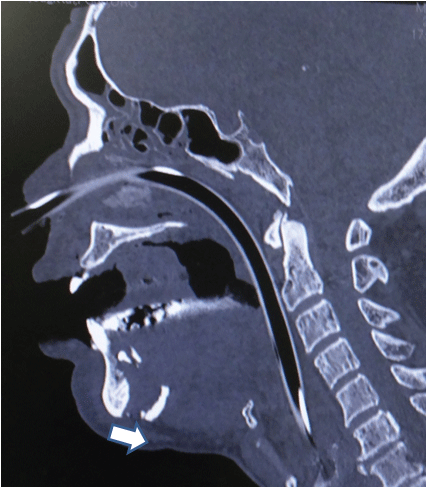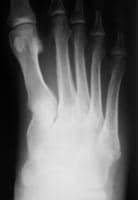
The second, third, and fourth metatarsals are distinct as central metatarsals (CM). Metatarsals can be divided in 3 groups: first, central and fifth metatarsal. Shaft fractures are usually oblique and they should be examined for shortening, angulation and displacement. 9 Proximal metaphyseal and central metatarsal base fractures are sometimes associated with Lisfranc injuries. MF can occur at any level of the metatarsal bone and there is no specific classification. They are usually reported in women with osteoporosis and people with repetitive stress injuries, ballet dancers and military recruits. Other type of injury as stress fractures can occur in metatarsals, most commonly in the second but also in the third and fifth. Both direct and indirect traumas can lead to a MF but, generally, are the result of low-energy trauma 4 however, high-energy crush injuries may occur quite frequently, involving soft tissues 2 and resulting up to 1% of all metatarsal open lesions. MF can be cause by an isolated injury, associated with other metatarsals fractures or Lisfranc joint injuries. These types of lesions have been frequently reported in second through fifth decade of life 4, but children also appear to be affected, accounting up to 61% of all fractures of the foot 7 and occurring in the fifth (41%) and the first (19%) by anatomical exposure. 1 - 4 Older female gender is the most affected, with a female to male ratio of 2:1 in general population, while males appear more commonly affected in athletes. Metatarsal fractures (MF) represent about 88% of all fractures involving foot and ankle, amounting up to 35% of all foot fractures and up to 7% of all skeletal injuries. The clinical and functional outcomes are often influenced by the pattern of fractures and patient conditions and are reported in the literature up to 39% of poor results. Multiple metatarsal fractures often occur in the contiguous bones, so clinicians will also have to carefully inspect metatarsals and adjacent joints such as Lisfranc articulation. Therefore, an alternative approach is an osteosynthesis with a dorsal plate. Spiral fractures should be treated by interfragmentary screws, which positioning may result difficult due to the adjacent metatarsals. Intramedullary fixation with K-wires seem to be the most common and valid surgical treatment in simple fractures. Fractures with less than 10° of angulation and 3-4 mm of translation in any plane are typically treated conservatively, while operative treatment is generally reserved for fractures out if these values. Diagnosis is based on the history of trauma and clinical examination, relating with instrumental exams.

Anatomy and metatarsal kinematics merits attention due to its influence on function, injuries and treatment options.

Third metatarsal is injured most frequently than the others and up to 63% is associated with second or fourth metatarsal fractures and up to 28% with both. More frequently fractures are those of the fifth metatarsal, followed by CMF and therefore by the first metatarsal. Central metatarsal fractures (CMF) are common injuries.


 0 kommentar(er)
0 kommentar(er)
